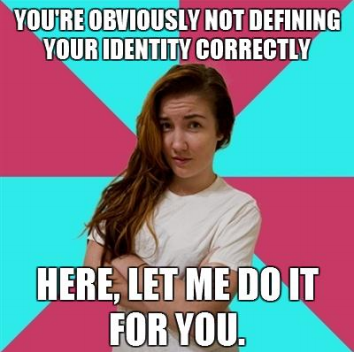by Blake Montgomery, ’14
 AIDS kills 17,000 queer people in America per year. Tobacco-related diseases kill 30,000. I’d call both epidemics.
AIDS kills 17,000 queer people in America per year. Tobacco-related diseases kill 30,000. I’d call both epidemics.
In 2009, the American Cancer Society found that 59% of queer youth smoke, as compared with 35% of heterosexual youth. Gurl, what?
As young people, we are at the forefront of anti-tobacco efforts. The peak ages of smoking, as measured by the CDC, is 23 to 25. Our choices matter more than any others to the tobacco industry because most of us are first-time smokers, “learners” as we are referred to in industry documents. We’re also known as “replacers” in industry-speak because we take the place of older smokers who are dying of lung diseases.
Tobacco marketers have cast the hazards of cigarettes as old news for our demographic. They’re not. They’re the biggest cause of preventable death in queer populations and in America at large. Why are we at such high risk?






